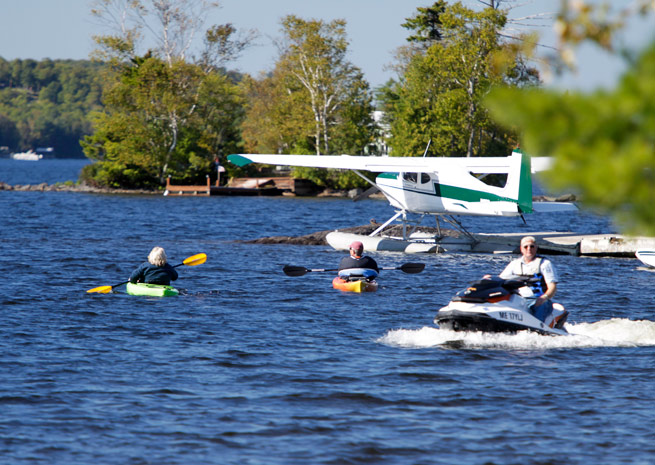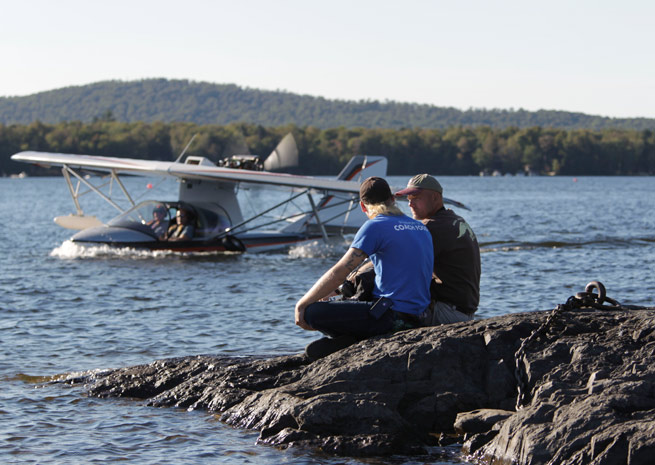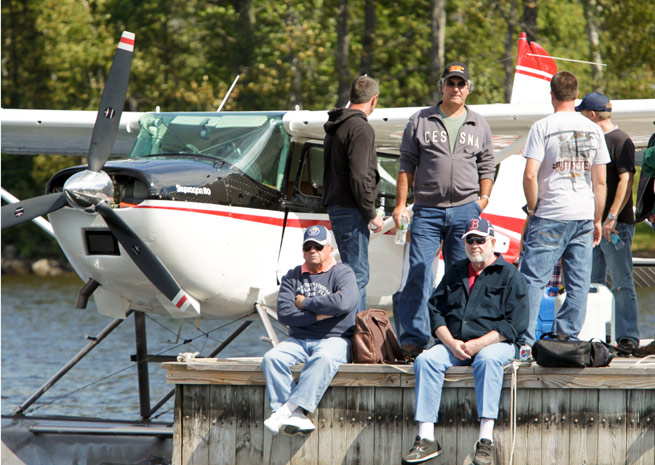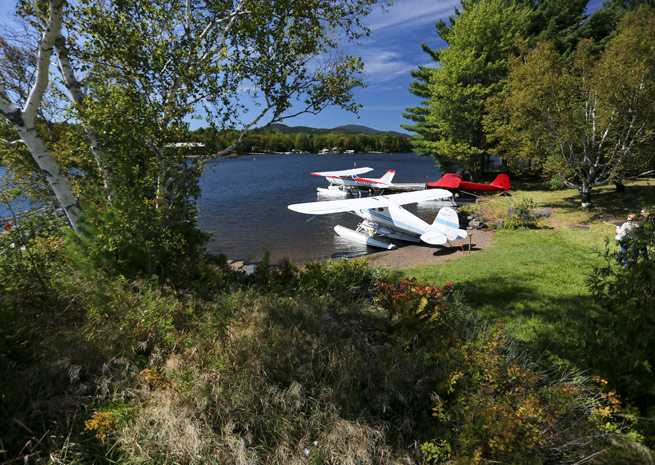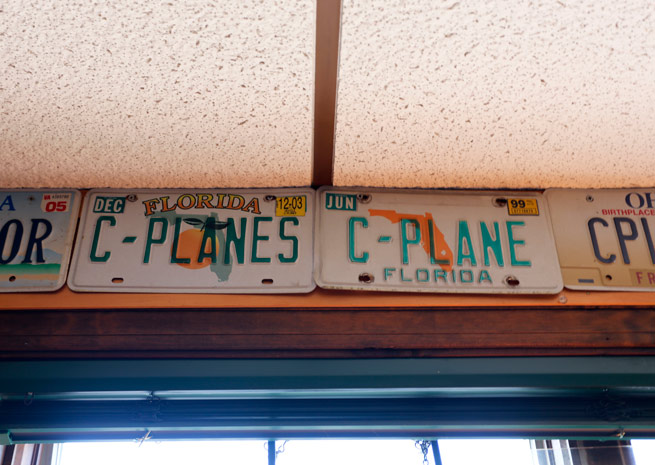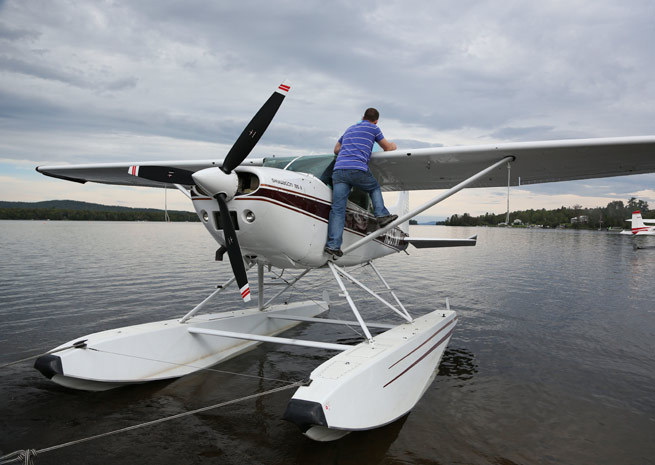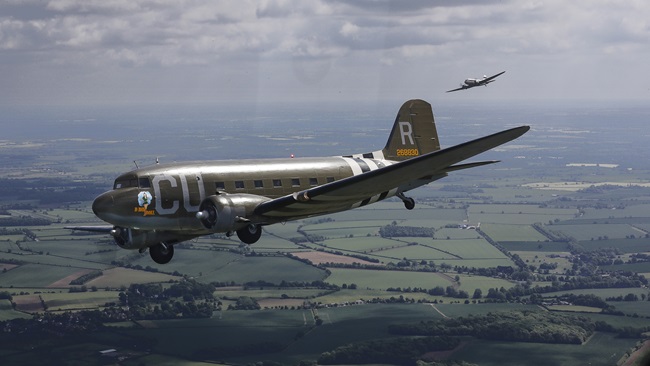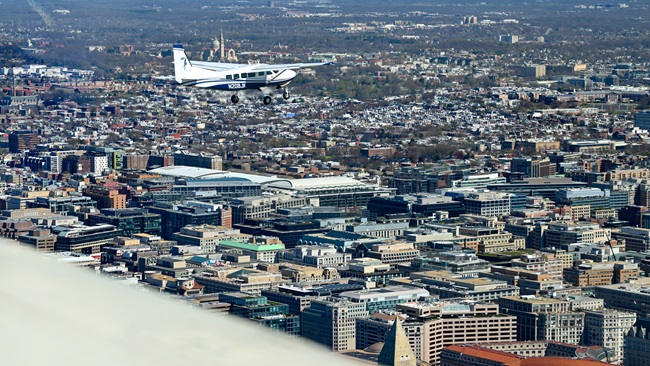 At a time when airports are hemmed in by high fences, barbed wire, and security gates, seaplanes provide rare direct public access to airplanes.
At a time when airports are hemmed in by high fences, barbed wire, and security gates, seaplanes provide rare direct public access to airplanes.
When seaplanes water taxi to beaches, docks, or marinas, people can see them up close, talk to pilots and passengers, and get inspired about flying.
“As seaplane pilots, we have some unique and positive things to offer general aviation,” said Steve McCaughey, executive director of the Seaplane Pilots Association. “We have unfiltered access to the public. Our airplanes are people magnets, and we can be ambassadors to adventure.”
Nowhere are these attributes more visible than at Greenville, Maine, a town of 1,700 on Moosehead Lake, which hosted its fortieth annual International Seaplane Fly-In in 2013. The fly-in is the biggest event of the year for the picturesque town and typically draws about 100 seaplanes and 20,000 visitors. The only traffic light in Greenville is temporary, and it’s installed for fly-in weekend.
 A cove at the southwestern tip of the expansive lake is the center for seaplane activity during the three-day September event, and final approach brings aircraft swooping low over the town’s waterfront. Instead of complaining about noise, residents cheer new arrivals and watch the spirited group’s contests, which include a grapefruit bombing, short-takeoff, and spot landing, and canoe pickups and transports.
A cove at the southwestern tip of the expansive lake is the center for seaplane activity during the three-day September event, and final approach brings aircraft swooping low over the town’s waterfront. Instead of complaining about noise, residents cheer new arrivals and watch the spirited group’s contests, which include a grapefruit bombing, short-takeoff, and spot landing, and canoe pickups and transports.
“We decided a long time ago that this event was going to be about having fun, exchanging information, and flying airplanes,” said David Quam, a founder of both the fly-in and the Seaplane Pilots Association. “We don’t do a lot of speeches or formal presentations.”
Greenville hotels fill up well in advance of fly-in weekend, and scores of recreational vehicles fill parking areas. Dozens of airplanes land at the Greenville Municipal Airport about three miles away and pilots and passengers can camp there and take shuttles to and from the seaplane base.
Just 3 percent of U.S. pilots have seaplane ratings, even though they are widely recognized as one of the most enjoyable and affordable add-ons. A two-day course at Brown’s Seaplane Base in Winter Haven, Fla., for example, using float-equipped Piper J-3 Cubs costs $1,400. The Seaplane Pilots Association has 6,700 members, well over 65 percent of the 10,000 active U.S. seaplane pilots.
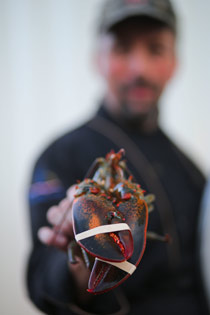 AOPA and the Seaplane Pilots Association have worked together to defeat a proposed seaplane ban in New Mexico, and to create online training courses for pilots on how to avoid spreading invasive species via airplanes.
AOPA and the Seaplane Pilots Association have worked together to defeat a proposed seaplane ban in New Mexico, and to create online training courses for pilots on how to avoid spreading invasive species via airplanes.
McCaughey, an accomplished pilot rated in the Grumman Albatross among other amphibious aircraft, says seaplane flying is poised for growth through the light sport aircraft category and other areas.
“There are some exciting new seaplanes to fly,” he said, “and we’re pushing to open even more areas to recreational seaplane activity. Events like the International Seaplane Fly-In provide a model for how seaplane pilots and communities can pull together to achieve shared goals.”


